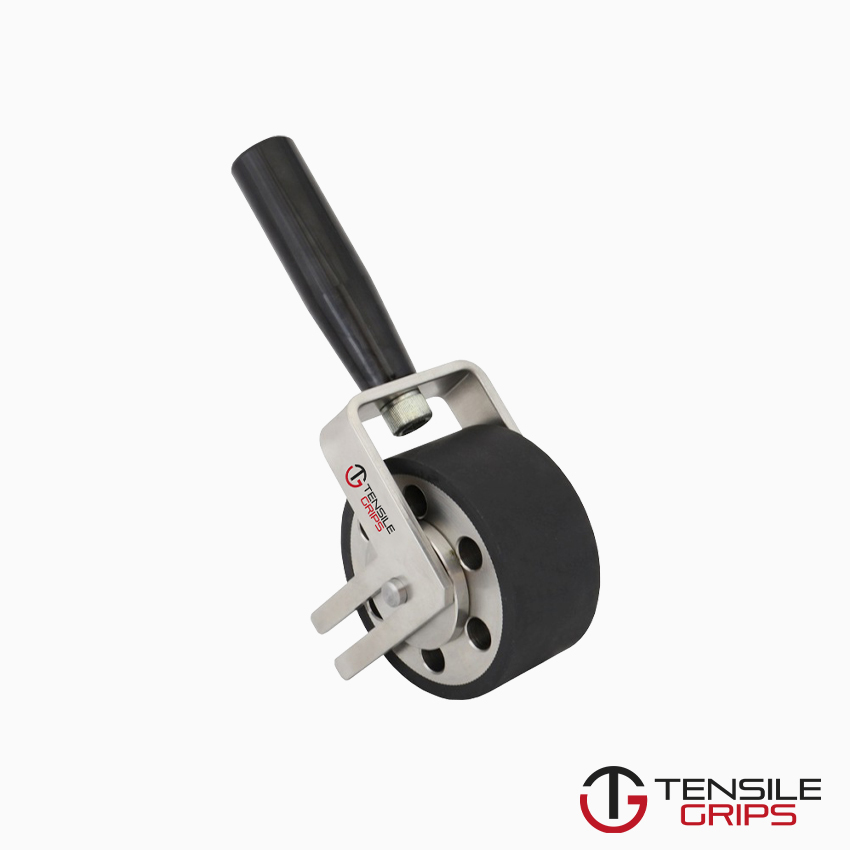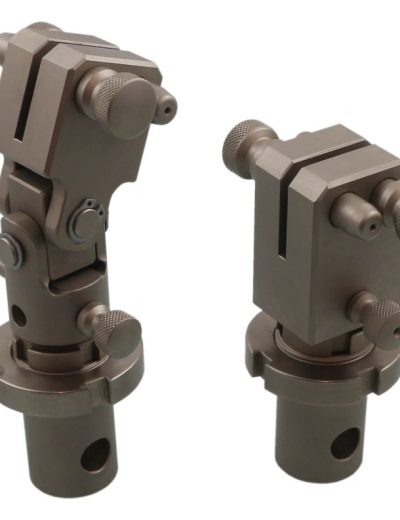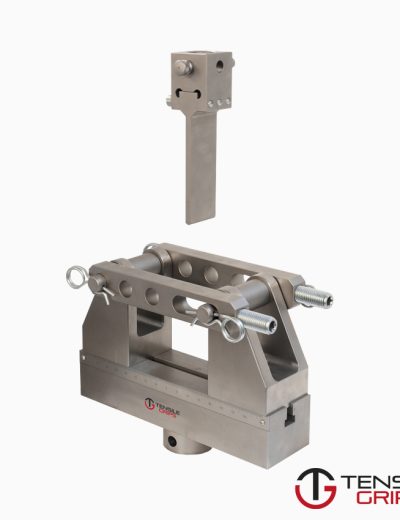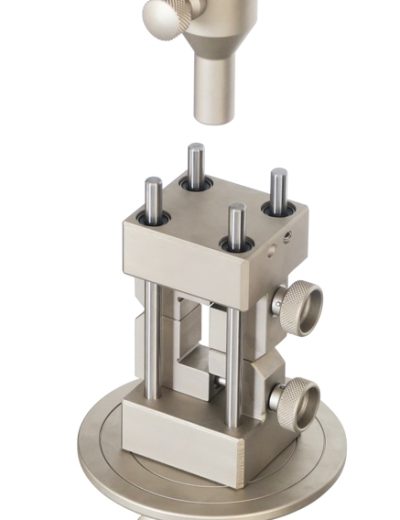ASTM D5170 Test Fixture
ASTM D5170 – This test method covers the measurement of the peel strength of hook and loop touch fasteners using a recording constant-rate-of-extension
tensile testing machine (CRE).
Please Contact With Us For More Information
ASTM D5170 – Standard Test Method for Peel Strength (“T” Method) of Hook and Loop Touch Fasteners
ASTM D5170 – Peel Strength (“T” Method) of Hook and Loop Touch Fasteners
ASTM D5170 – This test method covers the measurement of the peel strength of hook and loop touch fasteners using a recording constant-rate-of-extension
tensile testing machine (CRE).
This test method gives a measure of a key property of hook and loop touch fasteners which is of interest to users of such devices.
This is a means of determining the resistance to separation when forces are applied normal to the line of separation of the fastener.
The force registered in a peel test is irregular, and as a consequence, empirical methods have had to be developed to obtain usable values related to peel strength.
In spite of the empirical nature of the reported values, it is believed they reflect comparative performance of similar touch fasteners tested and measured in the
same way.
Two optional methods of calculation are provided: integrator average and average of five highest peaks.
These test methods are not equivalent. Generally, the integrator average will be lower than the average of the five highest peaks.
Significance and Use
This test method gives a measure of a key property of hook and loop touch fasteners which is of interest to users of such devices.
This is a means of determining the resistance to separation when forces are applied normal to the line of separation of the fastener.
The force registered in a peel test is irregular, and as a consequence, empirical methods have had to be developed to obtain usable values related to peel strength.
In spite of the empirical nature of the reported values, it is believed they reflect comparative performance of similar touch fasteners tested and measured in the same way.
Two optional methods of calculation are provided: integrator average and average of five highest peaks.
These test methods are not equivalent. Generally, the integrator average will be lower than the average of the five highest peaks.
The highest peaks which reflect the force required to separate a hook and loop closure bear no simple relationship to the average force (integrator average).
The average of the five highest peaks better reflect performance but the integrator results may be used to characterize a closure and for quality control purposes.
The integrator average is relatively easy to calculate given the proper equipment.
*** Before conducting ASTM D5170 , it is important to read the entire specification. Standards can be obtained from appropriate standard authorities.










